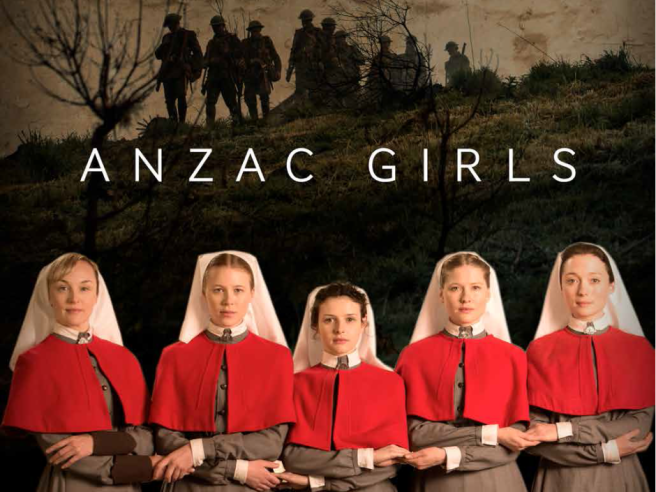
While out at my brother’s house/dog sitting I watched ANZAC Girls, great show really liked it. It told the real life stories of 4 nurses during World War 1 they were both Australian and New Zealand nurses and this inspired me to do a little research about them and share a bit about them with the rest of you. The nurses were Olive Haynes, Alice Ross-King, Grace Wilson Elsie Cook and Hilda Steele
Today I will tell you a bit about Olive Haynes.

Olive Haynes was the second child of the Revered James Crofts Haynes, who came to Australia from Ireland in 1853, and his second wife, Emma (born Creswell). She was a prolific reader, and played the piano and the mandolin. She was educated at Tormore House, North Adelaide and trained as a nurse at the Adelaide Hospital, 1909-12. She did some private nursing before enlisting in the Australian Army Nursing Service in 1914.

She nursed in Cairo then was posted to the island of Lemnos, to a very basic and inhospitable camp which had been chosen for the embarkation of troops for Gallipoli and as a respite and clearing station for the sick and wounded from the Peninsula. In 1916 she went to France, and served in a number of places behind the Lines. She married Norval Henry (Pat) Dooley in Oxford (UK) in 1917.

They returned to Australia in 1918, and settled in Pat’s home state of Victoria. They had seven children, one of whom had Down Syndrome, and Olive was involved in establishing a school for the intellectually handicapped at Ivanhoe, Victoria.

She also supported a number of charities. During the depression she helped people who were out of work and “on sustenance”, providing them with meals and work, and during World War II she worked for the Comforts Fund. In her later years she supported the Ivanhoe Helping Hand Association, and was presented with a silver medal to commemorate 30 years of service to the organisation.


wow, how interesting. i’m going to try to find the show in the states
It was a great show I truly enjoyed it